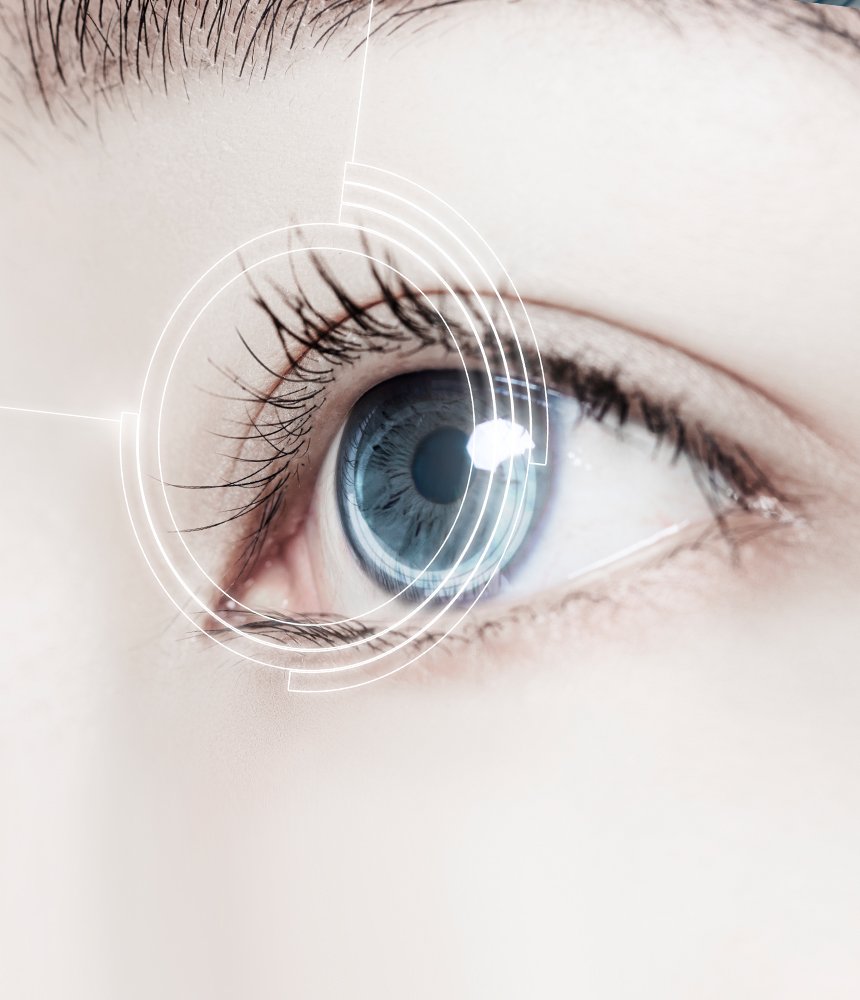Cashless
facility



















World-Class Eye Care, Proudly Serving Vadodara!
4 Convenient Locations
A Team of 5 Specialists
Advanced Treatments for Every Eye Condition


300+ Appointment
Booking Confirm for
this Week
Who We Are
A Legacy of Excellence in Ophthalmic Care
Desai Eye Institute and Research Centre, located in Vadodara, Gujarat, stands at the forefront of advanced eye care, committed to transforming lives through unparalleled vision care. With decades of expertise, we have established ourselves as a trusted institution, offering comprehensive ophthalmic treatments that seamlessly blend cutting-edge medical technology with a compassionate, personalized approach.
Our institute specializes in a wide array of eye care services, including cataract surgery, glaucoma management, retinal treatments, and neuro-ophthalmology. We also address complex corneal disorders and perform delicate oculoplastic surgeries, ensuring that each patient receives tailored care to meet their specific needs.
At the core of our philosophy is a commitment to innovation, precision, and excellence. Equipped with state-of-the-art technology and driven by evidence-based practices, we consistently achieve exceptional outcomes. Our compassionate team of experts is dedicated to providing not just medical care, but a sense of trust and reassurance for every patient.
At Desai Eye Institute and Research Centre, we do more than restore vision—we empower lives, enhancing clarity and preserving sight for a brighter future.
Our Treatments
Desai Eye Institute and Research Centre specializes in advanced treatments for a comprehensive range of eye conditions.
Our Specialist Doctors
Delivering Advanced Eye Care Solutions
Dr Sujit Desai
Dr Priya Desai
Dr Sushma Desai
Dr Ankit Desai
Dr Avani Desai
Schedule Hours
- Monday - Friday:
-
Morning 09:30 AM - 2:00 PM
Evening 05:00 PM - 7:00 PM
- Saturday: 09:30 AM - 02:30 PM
- Sunday: Closed
- 24/7 Emergency Help:
- 0265 243 5153 | +91 9106700025
Our Location
Desai Eye Institute & Research Center
Subhanpura High Tension Line Road,
Near Vimalnath Cross Roads,
Santosh Nagar, Subhanpura,
Vadodara, Gujarat 390023
Appointments
Book an Appointment:
Ph: 0265-2292266, 0265-3553505
M: +91 89804 92266
Contact Us
Make an appointment.
EXCELLENTTrustindex verifies that the original source of the review is Google. Very good experienceTrustindex verifies that the original source of the review is Google. SarasTrustindex verifies that the original source of the review is Google. Hospital is very good in doctor in safTrustindex verifies that the original source of the review is Google. Best treatment...Trustindex verifies that the original source of the review is Google. I recently underwent LASIK surgery at Desai Institute, and I must say it was an exceptional experience from start to finish. Dr. Priya Desai is an outstanding professional who made me feel completely at ease throughout the entire process. Her expertise and attention to detail are truly remarkable, and she explained everything in a clear, comforting manner, which greatly reduced any anxiety I had. The institute itself is state-of-the-art, with a welcoming and efficient team that provides top-notch care. The procedure was quick and virtually painless, and the results have been life-changing. I can now see clearly without glasses or contact lenses, and I couldn't be happier with the outcome. I highly recommend Desai Institute and Dr. Priya Desai to anyone considering LASIK surgery. Their professionalism, combined with a genuinely caring approach, makes them stand out as leaders in the field.Trustindex verifies that the original source of the review is Google. Very good serviceTrustindex verifies that the original source of the review is Google. Best lasik eye institute. Dr and staff are very friendly. Dr Priya was great who did my surgery. When you have a great Dr you don’t worry about anything. Surgery went very smoothly.Thank you so much for all the help and support 🙏🥰Trustindex verifies that the original source of the review is Google. Good facetllity in hospital
Welcome to Desai Eye Institute & Research Centre!
We’re open 24/7.
For OPD appointments:
Phone: 0265-2292266, 0265-3553505
Mobile: +91 89804 92266


























